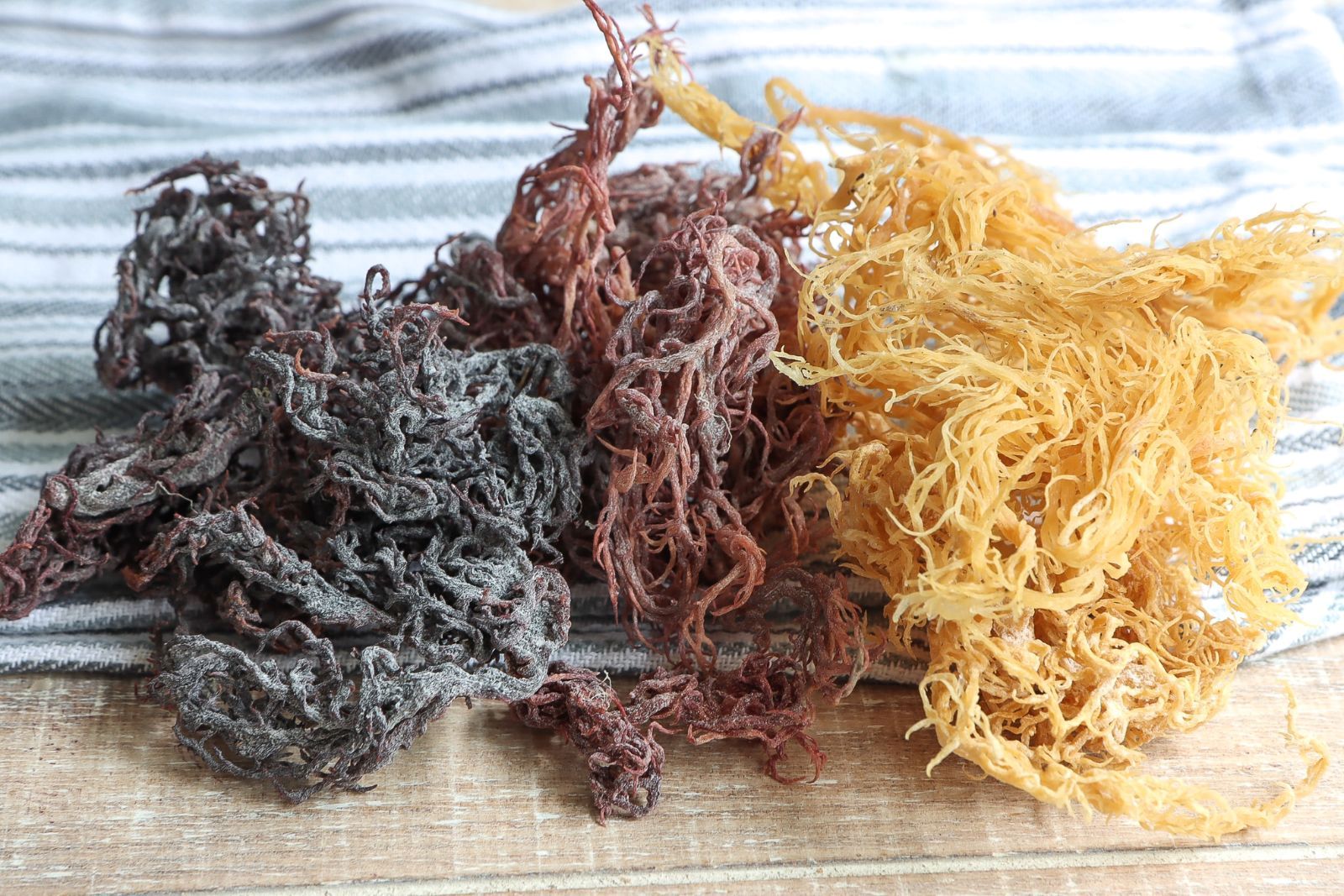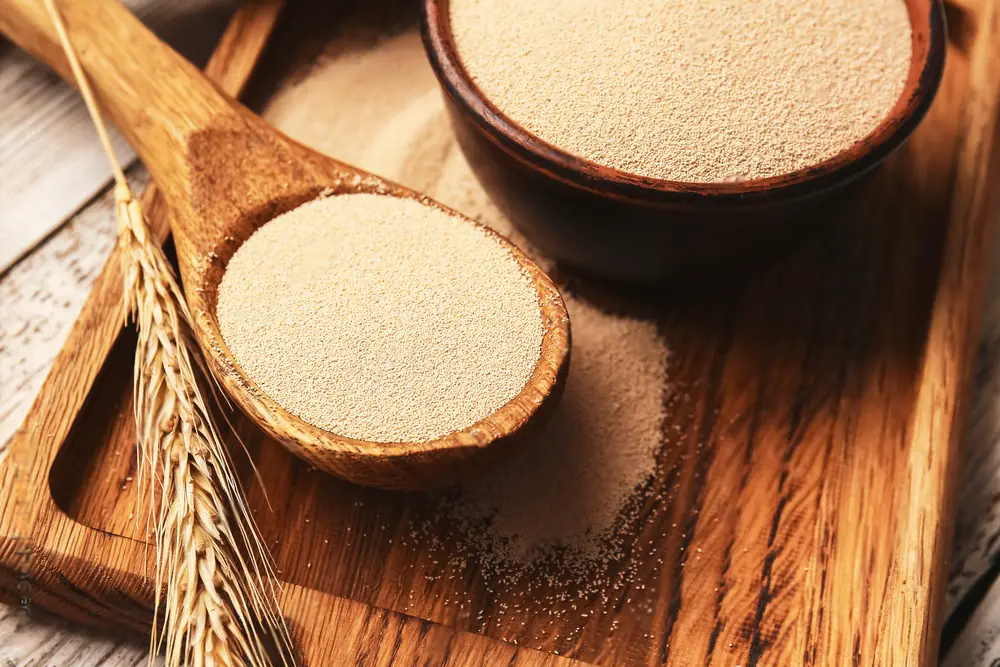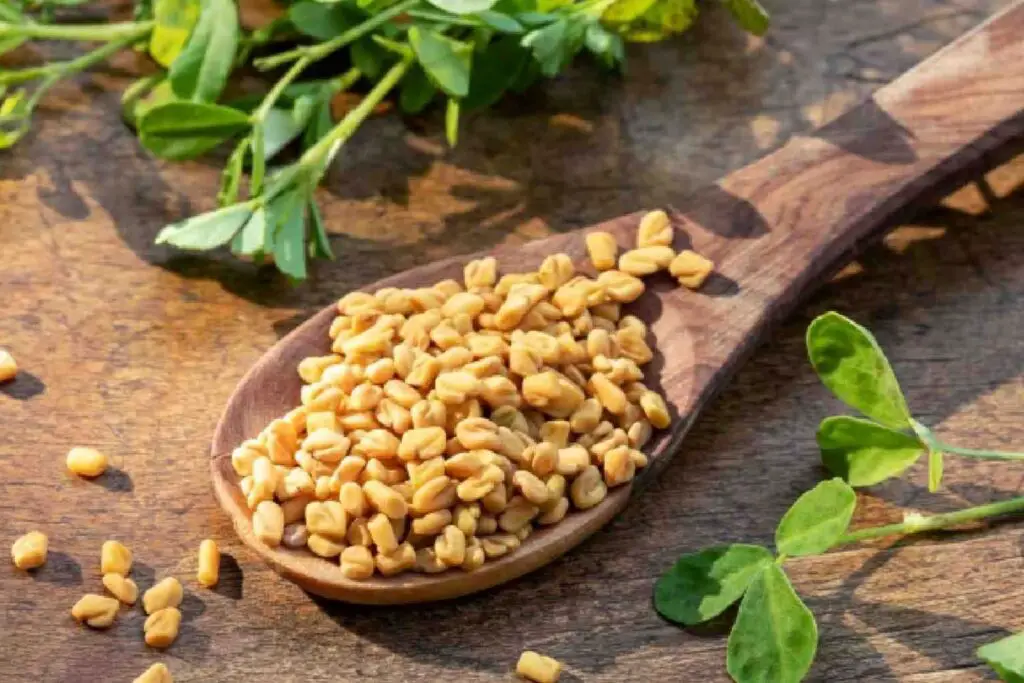
Sea moss, also known as Irish moss, is a type of algae that grows in the ocean. It is highly valued for its nutritional content and health benefits. Sea moss can be consumed in various forms, including gels, powders, and supplements. If you have a fresh batch of sea moss and want to preserve its freshness for future use, freezing is an excellent option. Freezing sea moss helps to maintain its texture and potency, allowing you to enjoy its benefits all year round. In this article, we will provide you with a step-by-step guide on how to freeze sea moss properly.
Here’s a guide on how to freeze sea moss:
Step 1: Select fresh sea moss
Selecting fresh sea moss is crucial for ensuring the best taste and texture after freezing. When sea moss is harvested fresh, it contains optimal levels of nutrients and has a vibrant color and firm texture. By choosing high-quality sea moss without any signs of discoloration or decay, you are starting with a solid foundation for the freezing process.
Fresh sea moss retains its natural flavor and potency, which can enhance the taste of your dishes or provide maximum health benefits when consumed as a supplement. It also maintains a pleasant texture that is desired in many recipes. If the sea moss is already showing signs of decay or discoloration, it may not freeze well and can affect the overall quality of the frozen product.
When selecting fresh sea moss, pay attention to its appearance. Look for strands that are vibrant in color, ranging from green to reddish-purple, depending on the variety. The sea moss should have a plump and firm texture, indicating its freshness. Avoid any sea moss that appears slimy, wilted, or has an off-putting odor, as these are signs of spoilage.
Step 2: Rinse and clean the sea moss
Rinsing and cleaning the sea moss is an essential step in the freezing process as it helps maintain its quality and removes any impurities that might affect its taste and texture. Sea moss, being a natural product from the ocean, can sometimes contain dirt, sand, or other debris that needs to be washed away before freezing.
Thoroughly rinsing the sea moss under cold water serves multiple purposes. Firstly, it helps remove any visible dirt or sand particles that may have adhered to the strands during harvesting or transportation. These particles can affect the overall cleanliness and taste of the sea moss, so it’s important to wash them away.
Additionally, rinsing the sea moss helps eliminate any impurities that might be present on the surface. This can include seaweed fragments, small shells, or other oceanic debris. By cleaning the sea moss, you ensure that only the purest and freshest strands are preserved when freezing.
Gently rubbing the strands with your fingers during rinsing aids in the cleaning process. It helps dislodge any hidden dirt or debris that may be trapped within the folds of the sea moss. By being thorough and ensuring a proper clean, you reduce the risk of having any unwanted substances affecting the sea moss during freezing.
Maintaining the quality of the sea moss during the freezing process is vital to preserve its taste, texture, and nutritional properties. By starting with clean sea moss, you minimize the chances of any contaminants affecting the final frozen product. This step ensures that you’ll be able to enjoy the frozen sea moss with confidence, knowing that it has been properly cleaned and is of the highest quality.
Can I freeze sea moss that has been previously soaked?
It is not recommended to freeze sea moss that has been previously soaked. Soaking alters the texture and consistency of sea moss, and freezing it in this state may result in a less desirable texture after thawing. It’s best to freeze fresh sea moss and then soak it when you’re ready to use it.
Step 3: Prepare the sea moss for freezing
Preparing the sea moss for freezing involves cutting it into smaller portions, especially if it is in large pieces. While this step is optional, it can bring convenience and practicality to handling and using the sea moss in the future.
When sea moss is harvested, it can sometimes come in larger pieces or strands. By cutting it into smaller portions before freezing, you make it easier to handle and measure out the desired amount when you need it. This is particularly helpful when you only need a specific portion of sea moss for a particular recipe or when you want to incorporate it into your meals in controlled quantities.
Cutting the sea moss into smaller portions also allows for better organization and storage. By dividing it into manageable sizes, you can package and freeze them individually or in portioned servings. This way, you can thaw and use only what you need without having to defrost the entire batch of sea moss. It saves time and reduces waste.
Moreover, cutting the sea moss into smaller pieces can help with the overall thawing process. Smaller portions tend to thaw more quickly and evenly than larger ones, allowing you to conveniently use the sea moss when you want it without waiting for the entire batch to thaw.
After cutting the sea moss, spread it out on a clean surface to allow it to air dry for a few hours. Drying helps prevent excess moisture and potential freezer burn during storage. Once it’s dry to the touch, pack it into airtight containers or freezer bags.
Is it necessary to blanch sea moss before freezing?
Blanching sea moss before freezing is not necessary but can help preserve its color and texture. It involves briefly boiling the sea moss and then rapidly cooling it. Blanching helps maintain the sea moss’s quality during freezing and subsequent thawing.
Step 4: Pack the sea moss in airtight containers
Packing the sea moss in airtight containers or freezer bags is an important step in the freezing process to maintain its quality and prevent freezer burn. Freezer burn occurs when moisture from the food evaporates, leaving the surface dry and susceptible to oxidation and flavor degradation. Proper packaging helps preserve the taste, texture, and nutritional value of the sea moss during freezing.
Using airtight containers or freezer bags creates a barrier against air and moisture, preventing them from reaching the sea moss and causing freezer burn. This ensures that the sea moss remains in optimal condition for an extended period.
When placing the sea moss in containers or bags, it’s essential to remove as much air as possible. Air contains moisture, which can contribute to freezer burn. Squeezing out the air from the containers or using a vacuum sealer for freezer bags can help create a tight seal, reducing the presence of excess moisture and minimizing the risk of freezer burn.
For added protection, wrapping the sea moss tightly in plastic wrap before placing it in the containers or bags can provide an extra layer of insulation. This further helps to prevent air and moisture from reaching the sea moss and maintains its freshness during freezing.
Proper packaging not only protects the sea moss from freezer burn but also helps with organization and prevents cross-contamination with other foods in the freezer. It allows you to easily stack and store the sea moss, maximizing the available freezer space.
Can I freeze sea moss that has been stored in a glass jar?
Yes, you can freeze sea moss that has been stored in a glass jar. Ensure that the jar is freezer-safe and leave sufficient headspace to allow for expansion during freezing. Properly seal the jar to prevent air exposure and maintain the quality of the sea moss during freezing.
Step 5: Label and date the containers
Labeling and dating the containers that hold the frozen sea moss is a crucial step in the freezing process. It helps you keep track of the sea moss’s freshness and ensures that you use the oldest frozen sea moss first, promoting proper rotation and minimizing waste.
By writing the date of freezing on each container, you establish a reference point for how long the sea moss has been in the freezer. Sea moss can typically be stored in the freezer for several months while retaining its quality, but it’s important to consume it within a reasonable time frame for the best taste and nutritional benefits.
Labeling the containers allows you to easily identify the sea moss and differentiate it from other frozen items in your freezer. It helps avoid confusion and ensures that you grab the sea moss when you specifically need it, saving time and effort.
Using the oldest frozen sea moss first is crucial to maintain the freshness and quality of your supply. By following a “first in, first out” approach, you ensure that the sea moss doesn’t sit in the freezer for an extended period, risking diminished flavor or nutrient loss. By labeling and dating the containers, you can easily identify the older batches and prioritize their use, avoiding potential waste.
Moreover, labeling is especially useful when you have multiple containers with different portions or variations of sea moss. It helps you keep track of specific batches or types, allowing you to choose the desired sea moss for different recipes or applications.
Step 6: Freeze the sea moss
Freezing the sea moss promptly and at the coldest setting is crucial for preserving its quality and ensuring it retains its taste, texture, and nutritional benefits. Proper freezing techniques help prevent the growth of harmful bacteria and maintain the sea moss’s freshness over an extended period.
Placing the containers in the freezer and setting the temperature to the coldest setting allows for rapid freezing. Quick freezing helps to minimize the formation of large ice crystals, which can affect the cell structure of the sea moss and result in a loss of texture and flavor. By freezing the sea moss rapidly, you preserve its natural properties more effectively.
It’s important to avoid placing the containers near the freezer door or areas that experience temperature fluctuations. The freezer door is frequently opened and closed, causing temperature fluctuations that can compromise the quality of the sea moss. Additionally, areas near the door are more susceptible to temperature variations due to the circulation of warm air from outside.
By positioning the containers away from the freezer door, you create a more stable and consistent freezing environment. This helps maintain the sea moss at a constant, low temperature, ensuring its optimal preservation.
Proper freezing techniques play a vital role in preserving the sea moss’s quality during storage. Freezing it quickly and avoiding temperature fluctuations contribute to maintaining its taste, texture, and nutritional integrity. By following these guidelines, you can maximize the shelf life of the frozen sea moss and enjoy its benefits when thawed and used in various recipes or applications.
How long can I keep frozen sea moss in the freezer?
Frozen sea moss can be stored in the freezer for up to 6 to 12 months when properly packaged and stored at a consistent temperature. It’s important to label and date the containers for easy tracking and prioritize using the oldest batches first for optimal freshness.
Step 7: Thaw and use the frozen sea moss
Thawing the frozen sea moss properly is essential for preserving its texture, taste, and nutritional content. Slow thawing in the refrigerator is the recommended method, as it allows for a gradual and controlled thawing process.
When you’re ready to use the sea moss, remove the desired amount from the freezer. Thawing it in the refrigerator helps maintain the sea moss’s quality by preventing rapid temperature changes. The cold, controlled environment of the fridge allows the sea moss to thaw slowly and evenly.
Thawing sea moss in the refrigerator helps preserve its texture. Sudden exposure to warm temperatures, such as thawing at room temperature or using a microwave, can lead to a loss of firmness and result in a mushy consistency. Thawing in the fridge helps the sea moss retain its desirable texture, making it easier to handle and incorporate into your recipes.
Slow thawing in the refrigerator also helps preserve the sea moss’s nutrients. The gradual thawing process minimizes nutrient loss and ensures that the sea moss retains its nutritional value. This is particularly important for those who consume sea moss as a nutritional supplement and want to reap its full benefits.
Once the sea moss is fully thawed, you can incorporate it into your favorite recipes or use it as a nutritional supplement. Thawed sea moss can be added to smoothies, soups, sauces, desserts, or consumed on its own as a gel. The thawed sea moss retains its inherent flavors and nutritional properties, allowing you to enjoy its benefits just as you would with fresh sea moss.
Is there a specific texture or consistency I should expect when thawing sea moss?
When thawing sea moss, the texture may soften slightly, and it may become more gel-like. This change in texture is normal and does not affect its usability. Stirring or gently rinsing the thawed sea moss can help restore its original texture if desired.
Other related questions
Can I refreeze sea moss?
It is generally recommended not to refreeze sea moss once it has been thawed. Refreezing can negatively impact its texture, taste, and overall quality. To maintain the best results, it is advisable to only thaw the desired amount of sea moss needed for immediate use and consume it within a reasonable time frame.
How do I know if the sea moss has gone bad after being frozen?
After being frozen, you can assess the quality of sea moss by observing certain indicators. Look for signs of freezer burn, such as discoloration, dryness, or the presence of ice crystals. Additionally, check for any unusual odors or off-putting smells. If you notice any of these signs, it is advisable to discard the sea moss, as it may have deteriorated in texture, taste, and nutritional value.
Can I freeze sea moss gel?
Yes, you can freeze sea moss gel. It’s recommended to portion the gel into ice cube trays or airtight containers for easier thawing and use. Freezing sea moss gel helps to preserve its freshness and allows for convenient portioning when needed.
Can I freeze sea moss that has been blended into a smoothie or other recipe?
While it’s generally recommended to freeze sea moss in its raw or gel form, you can freeze a smoothie or recipe that contains sea moss. However, keep in mind that the texture and taste may slightly change upon thawing. It’s best to freeze individual portions in airtight containers or freezer bags for easier thawing and consumption.
Can I freeze sea moss that has been dried or powdered?
It is not recommended to freeze sea moss that has been dried or powdered. The freezing process may further alter its texture and affect the overall quality. It is best to freeze fresh sea moss for optimal results.
Can I freeze sea moss that has been flavored or seasoned?
Yes, you can freeze sea moss that has been flavored or seasoned. However, keep in mind that the flavors may intensify or change slightly upon thawing. Consider the specific flavors and ingredients used when determining the best method for freezing and incorporating the seasoned sea moss.
Can I freeze sea moss that has been stored in the fridge?
It is not recommended to freeze sea moss that has been stored in the fridge, as the quality may have already started to deteriorate. It is best to freeze fresh sea moss as soon as possible after purchase or harvest for optimal results.








